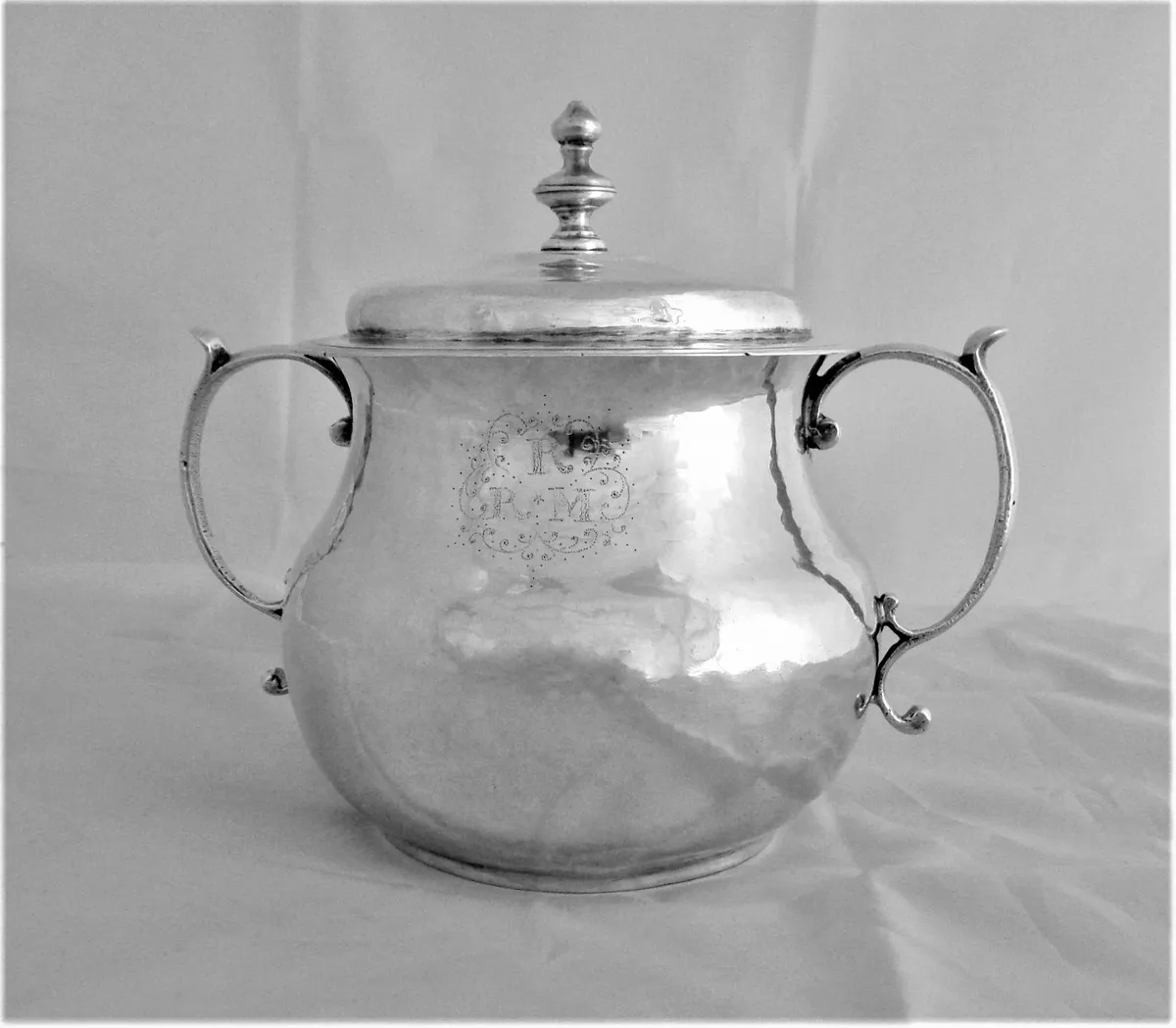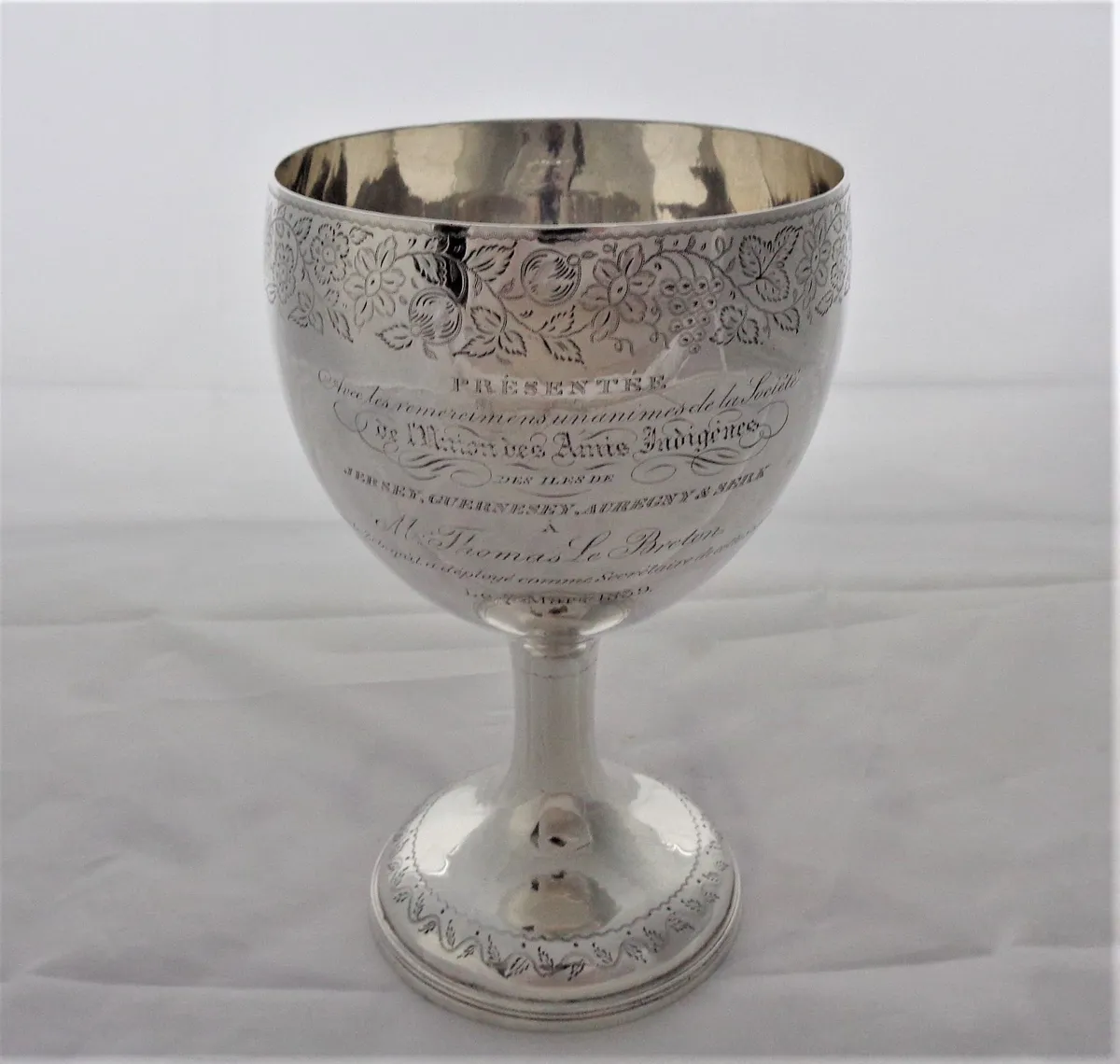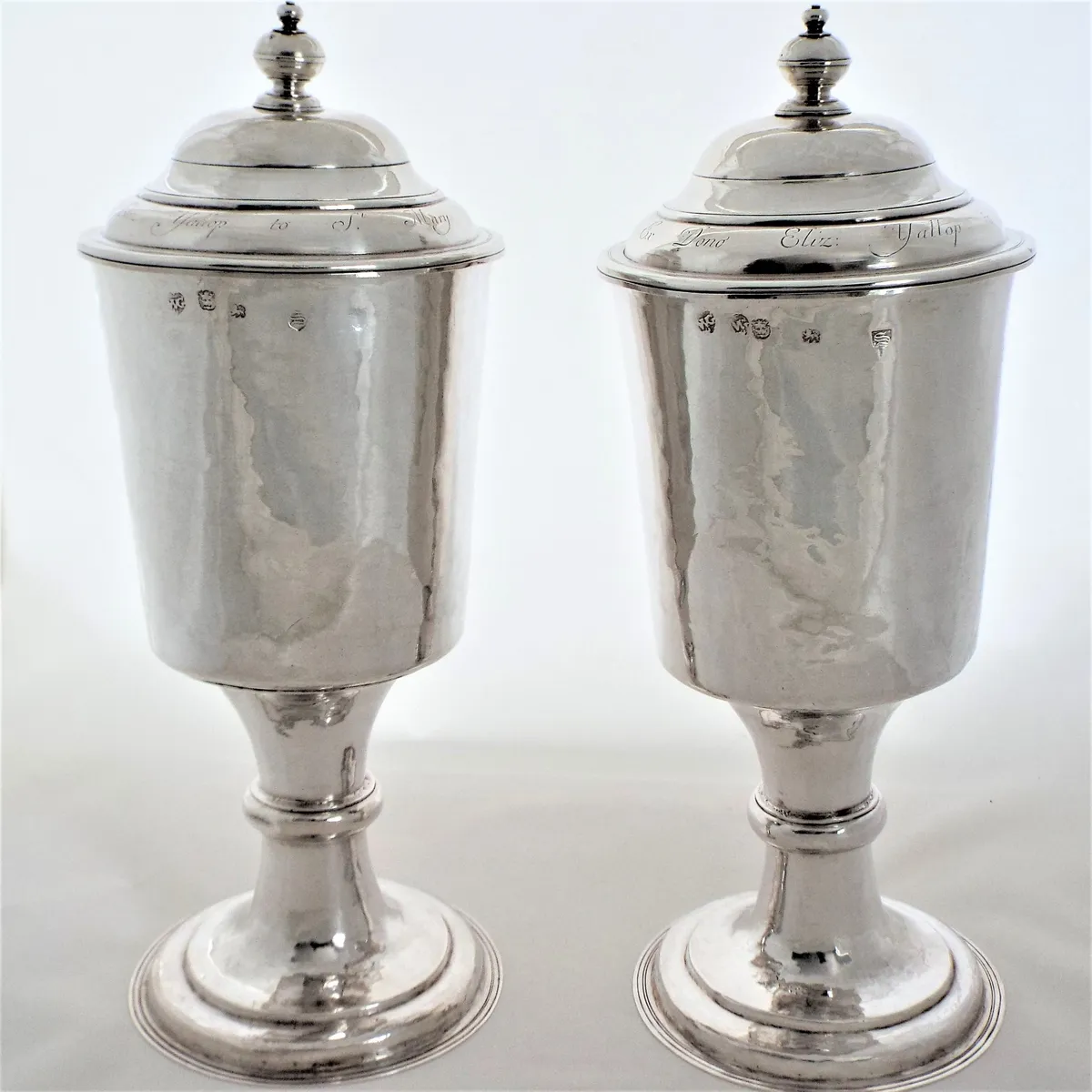What is a silver hallmark?
A silver hallmark is when an item of silver goes to Goldsmiths Hall in London to be authenticated and dated. Normally English hallmarks bear a maker’s mark, a date letter, a lion passant for purity and a leopards head for where they were assayed, leopards head is for London which was the largest hallmarking centre.

What is the history of silver hallmarks?
Silver hallmarking began in England in 1300 with a leopard’s head only - by 1478 a date letter was added and in 1544 the lion passant was also added - C1470 devices were added (crosses, wheels, fish, keys, horse, lamb etc.) makers marks in initial form arrived C1525 but for years there were device marks until C1550 when they became more prevalent.
You might also like how to clean antique silver
What are the different types of silver hallmarks?
The types of silver are sterling silver at 925 parts pure and Britannia standard silver at 950 parts pure.
What are the regional hallmarking centres?
Regional hallmarking centres or assay offices were set up to prevent large shipments of silver being transported to London to the Halls for hallmarking, Chester C1570, York C1559, Hull C1580, Newcastle C1583, Leeds C1650, Sheffield and Birmingham 1773, Exeter 1546, Norwich 1565 to mention the larger ones, there were other small regional town marks too.

Are silver hallmarks different in Scotland and Ireland?
Hallmarks differ in Scotland and Ireland with Scottish silver usually having a thistle and a deacon/assay makers mark on it and on Irish silver there is usually a harp and Hibernia mark.
What do the different silver hallmarks mean?
The marks will tell you where the silver was taken for hallmarking, which is the town mark, the date letter is for when it was assayed, the lion passant for the purity which has to be 925 or above and the maker’s mark.
You might also like everything you didn't know about silver
Why are symbols used instead of dates?
As to why symbols are used instead of dates is a mystery and is how it has always been - possibly because using symbols was a shorter block of letters and the date changed in the middle of a year and not December 31st/January 1st.

Are there any other marks worth looking out for?
There are collectors who collect provincial silver, these items will sometimes fetch more money because they are rarer and provincial, some silver is more collectable i.e. Jamaica, Bermuda etc. - also some American can be worth more money and certain places in Europe - some collectors like to collect pieces from where they were born - also pieces by famous silversmiths realise better prices, De Lamerie, Storr, Willaume, Swift and most of the Huguenots are well thought of and can realise better prices.
How can you tell if you have a genuine piece?
To tell whether a piece is genuine is not always easy, there have been forgeries and fakes around for centuries, some silver has been recycled from the early years and as fashions and styles change pieces would be reworked - sometimes the original hallmarks can still be seen - look carefully at the hallmarks, the Chinese used to forge hallmarks but they were poor copies, the monarchs head and lion passant are always wrong - be careful of cast marks which have been copied and applied, if in doubt go to a silver specialist not a jeweller.
Does a hallmark indicate value in any way?
No, a hallmark has nothing to do with value as a rule - ideally hallmarks should be crisp and clear, but it also depends on the item and exceptions can and will be made.
Terry Spearing from Eastdale Antiques shares what you need to know about silver hallmarks. You can find Eastdale Antiques exhibiting at The Art & Antiques Fair, which returns to Olympia London from 23 – 26 June, with a preview on the 22nd. For more information and details on how to purchase tickets, please visit the website at www.olympia-art-antiques.com